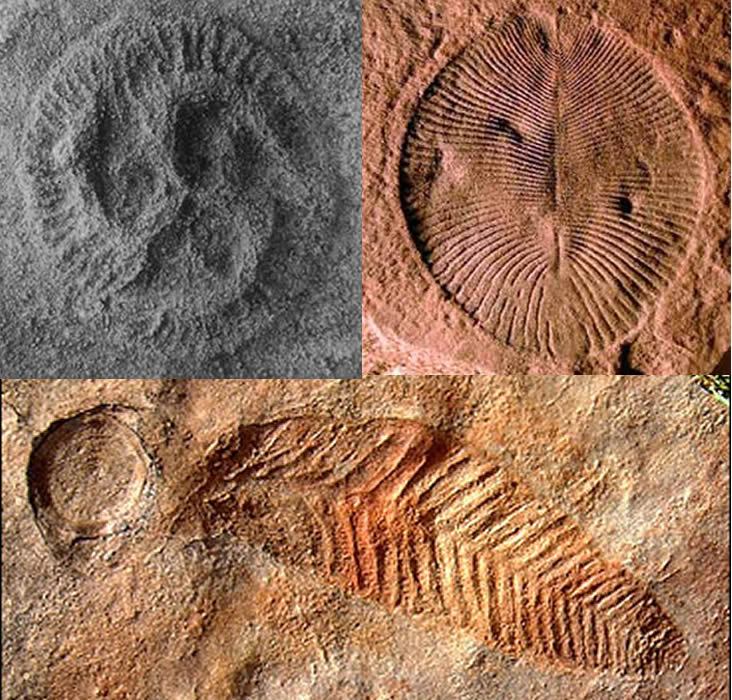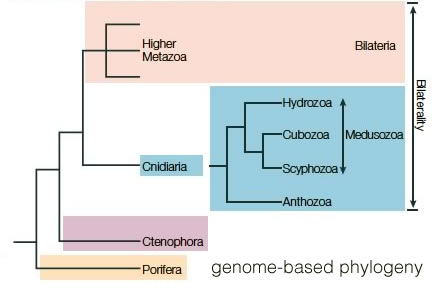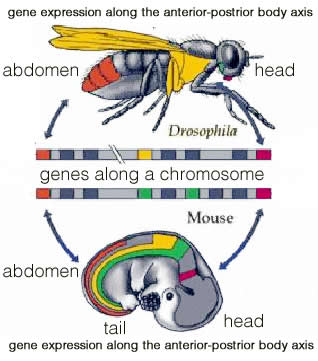The major issue with your model, and all other models for that matter, is the nature of the relationship, if any, between Ediacaran organisms and modern animals.
The ediacarans lived between 575 to 565 million years ago, and had disappeared by 540 million years ago. The Cambrian explosion revealed organisms, clearly related to modern animals, and occurred ~530 million years ago.
Careful analysis of fossil ensembles suggests that ediacarans, whatever their nature, were non-motile (see Narbonne, 2005).
It is not clear how one goes from non-motile ediacarans to the various types of
motile organisms from which modern animals are descended.


